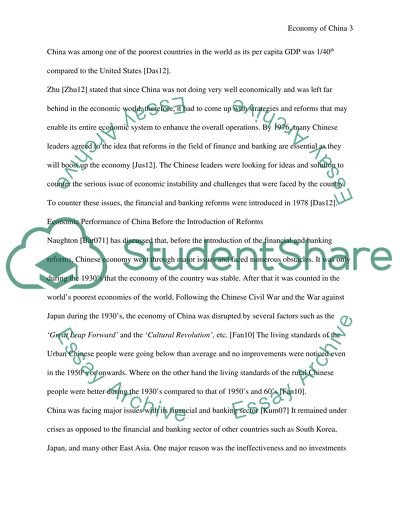Cite this document
(How Financial and Banking Reforms Have Changed the Economic Performanc Literature review, n.d.)
How Financial and Banking Reforms Have Changed the Economic Performanc Literature review. Retrieved from https://studentshare.org/macro-microeconomics/1643369-introdution-to-business-and-economy-of-china
How Financial and Banking Reforms Have Changed the Economic Performanc Literature review. Retrieved from https://studentshare.org/macro-microeconomics/1643369-introdution-to-business-and-economy-of-china
(How Financial and Banking Reforms Have Changed the Economic Performanc Literature Review)
How Financial and Banking Reforms Have Changed the Economic Performanc Literature Review. https://studentshare.org/macro-microeconomics/1643369-introdution-to-business-and-economy-of-china.
How Financial and Banking Reforms Have Changed the Economic Performanc Literature Review. https://studentshare.org/macro-microeconomics/1643369-introdution-to-business-and-economy-of-china.
“How Financial and Banking Reforms Have Changed the Economic Performanc Literature Review”, n.d. https://studentshare.org/macro-microeconomics/1643369-introdution-to-business-and-economy-of-china.


